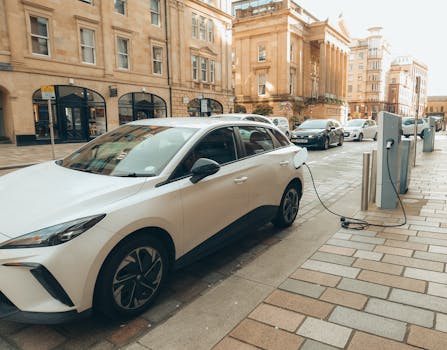
Smart Cities: Urban Trends for 2025
Smart Cities are revolutionizing the way we live, work, and interact with our surroundings. As we step into 2025, it’s essential to explore the latest urban trends that are shaping the future of these intelligent cities. Smart Cities are at the forefront of innovation, leveraging technology, sustainability, and creativity to create better living spaces for their citizens. In this article, we’ll delve into the top urban trends for 2025, from smart infrastructure to innovative transportation systems.
Section 1: Introduction to Smart Cities
Smart Cities are designed to provide a high quality of life for their residents while minimizing their environmental footprint. These cities are built on a foundation of cutting-edge technology, including the Internet of Things (IoT), Artificial Intelligence (AI), and data analytics. By harnessing the power of these technologies, Smart Cities can optimize energy consumption, reduce waste, and improve public services.
The concept of Smart Cities is not new, but it has gained significant momentum in recent years. As the world becomes increasingly urbanized, cities are facing unprecedented challenges, from congestion and pollution to resource depletion and climate change. Smart Cities offer a viable solution to these problems, providing a sustainable, efficient, and livable environment for their citizens.
Section 2: Urban Trends for 2025
As we look to the future, several urban trends are emerging that will shape the development of Smart Cities in 2025. Some of the key trends include:
- Sustainable Infrastructure: Cities are investing heavily in green infrastructure, including green roofs, urban forests, and renewable energy systems.
- Electrification of Transportation: Electric vehicles are becoming increasingly popular, reducing emissions and improving air quality in urban areas.
- Smart Grids: Advanced energy management systems are being implemented to optimize energy distribution, reduce waste, and promote energy efficiency.
- IoT and Data Analytics: The use of IoT sensors and data analytics is becoming more widespread, enabling cities to monitor and manage their infrastructure, services, and resources more effectively.
- Urban Agriculture: Cities are embracing urban agriculture, using innovative methods such as vertical farming and hydroponics to provide fresh produce to their residents.
These trends are transforming the urban landscape, creating more sustainable, efficient, and livable cities for the future.
Section 3: Innovative Solutions for Smart Cities
As cities continue to evolve, innovative solutions are being developed to address the challenges they face. Some of the most promising solutions include:
- Autonomous Vehicles: Self-driving cars and drones are being tested in cities around the world, promising to revolutionize transportation and logistics.
- Smart Waste Management: Advanced waste management systems are being implemented, using IoT sensors and data analytics to optimize waste collection and recycling.
- Green Buildings: Sustainable architecture is becoming increasingly popular, with buildings designed to minimize energy consumption, reduce waste, and promote occupant health.
- Urban Air Quality Monitoring: Cities are using advanced sensors and data analytics to monitor and improve air quality, reducing the risks associated with pollution.
- Smart Energy Storage: Innovative energy storage solutions are being developed, enabling cities to store excess energy generated from renewable sources and reduce their reliance on fossil fuels.
These innovative solutions are helping to create more sustainable, efficient, and livable cities, and are paving the way for a brighter urban future.
Section 4: Conclusion
Smart Cities are the future of urban development, offering a vision of sustainable, efficient, and livable cities. As we look to 2025, it’s clear that technology, sustainability, and innovation will play a vital role in shaping the urban landscape. By embracing these trends and solutions, cities can create a better future for their citizens, and provide a model for sustainable urban development that can be replicated around the world.
The future of Smart Cities is exciting and full of possibilities. As we continue to innovate and push the boundaries of what is possible, we can create cities that are not only sustainable and efficient but also inspiring and desirable places to live.



